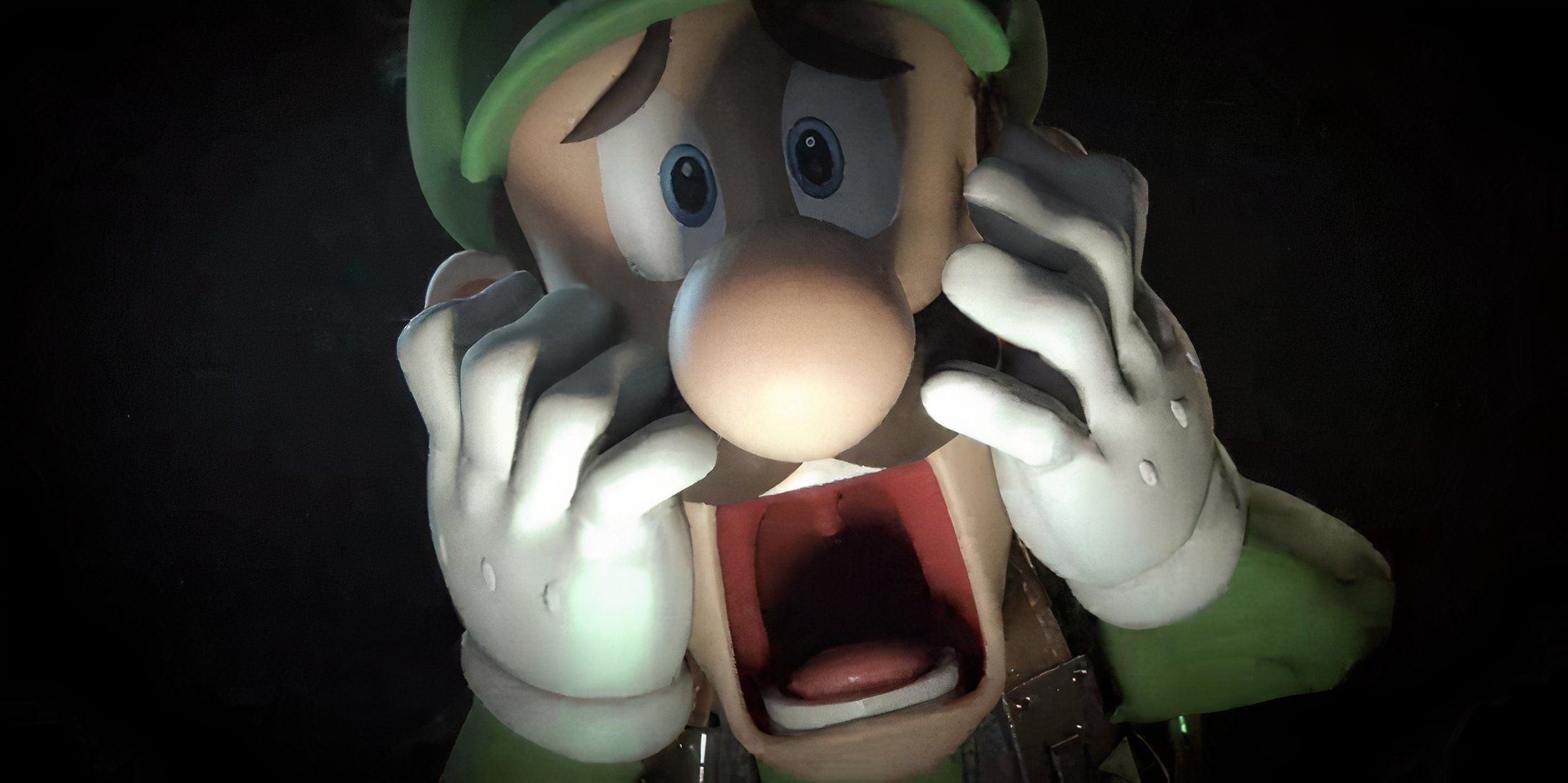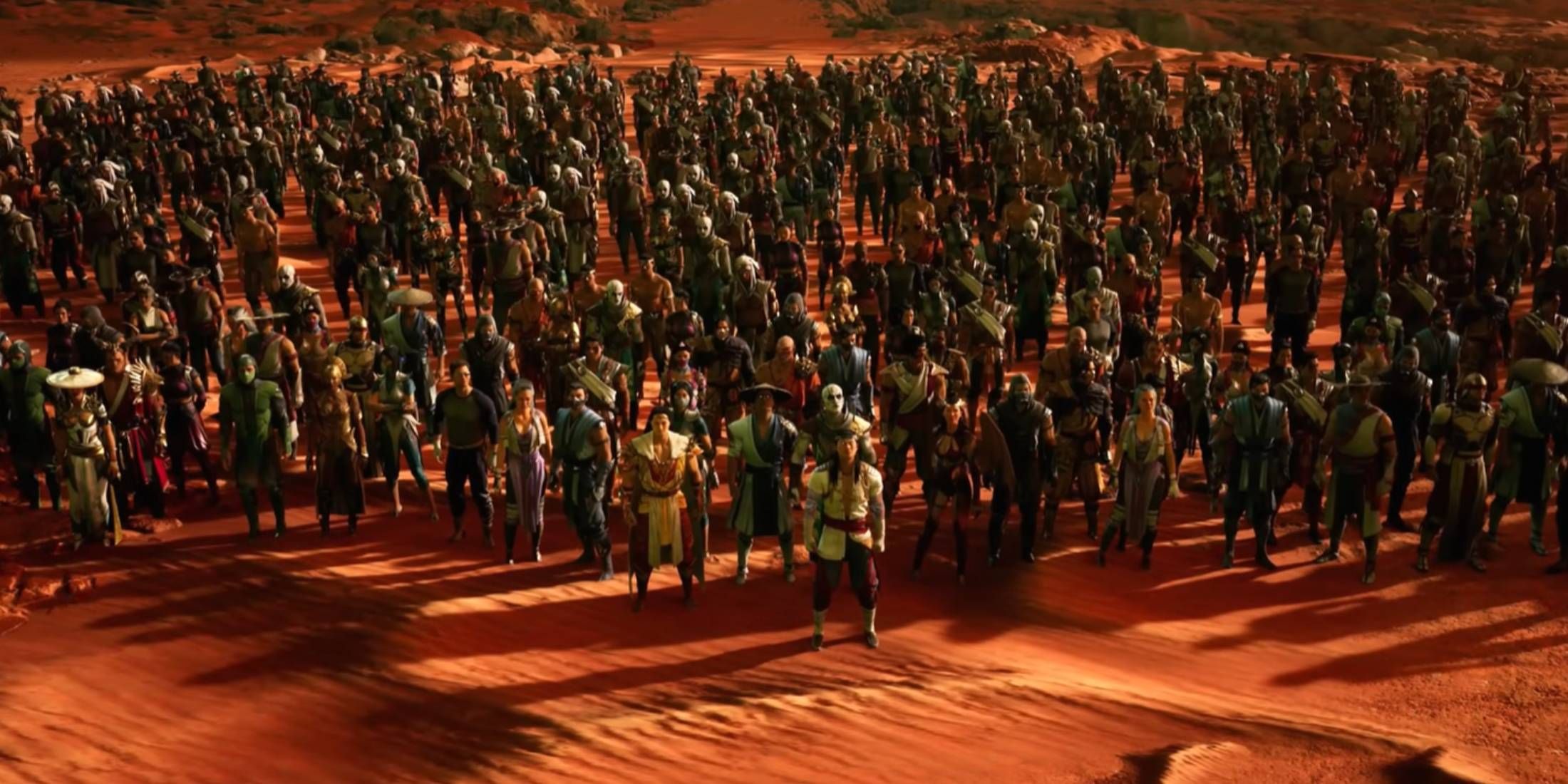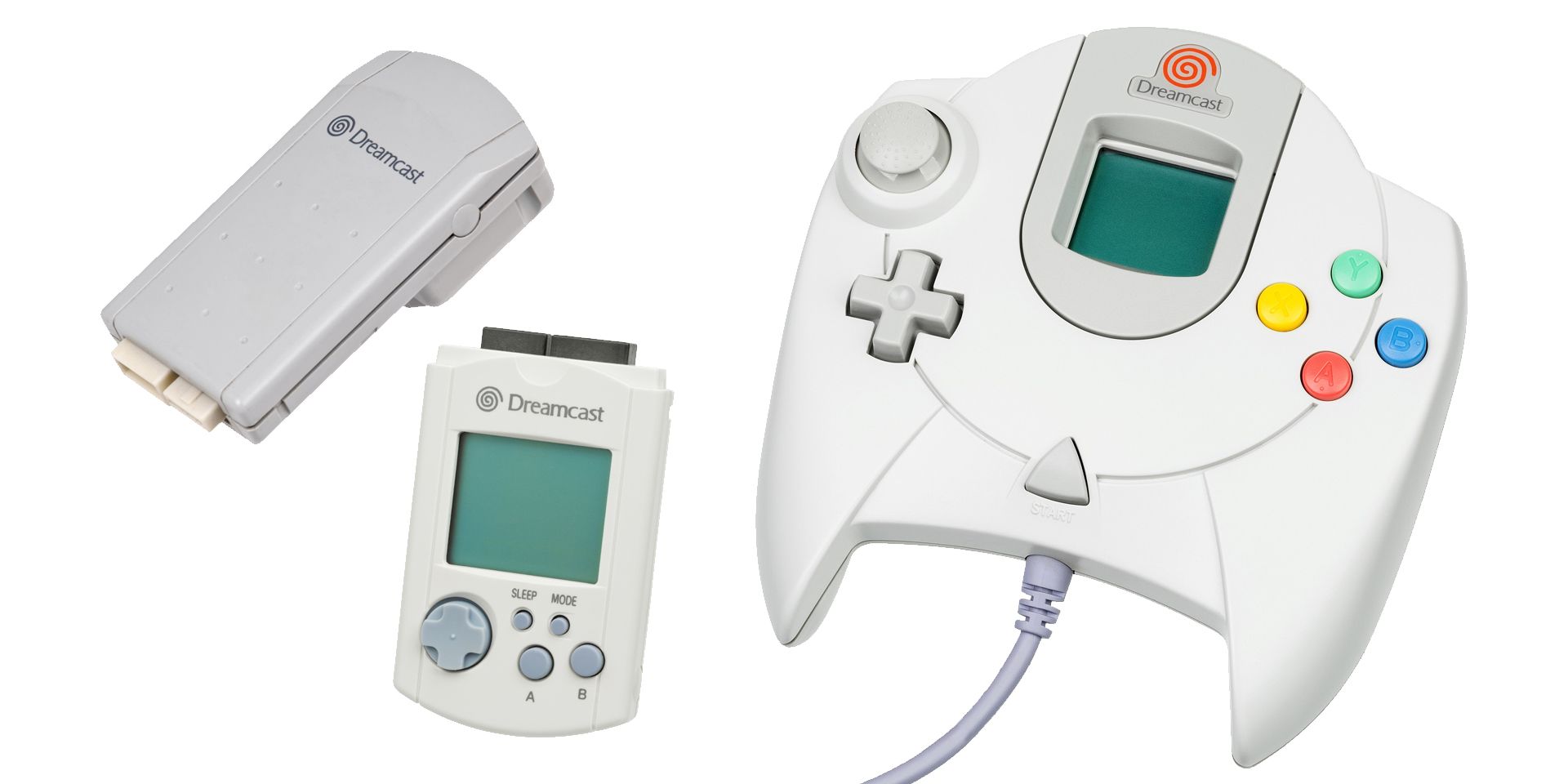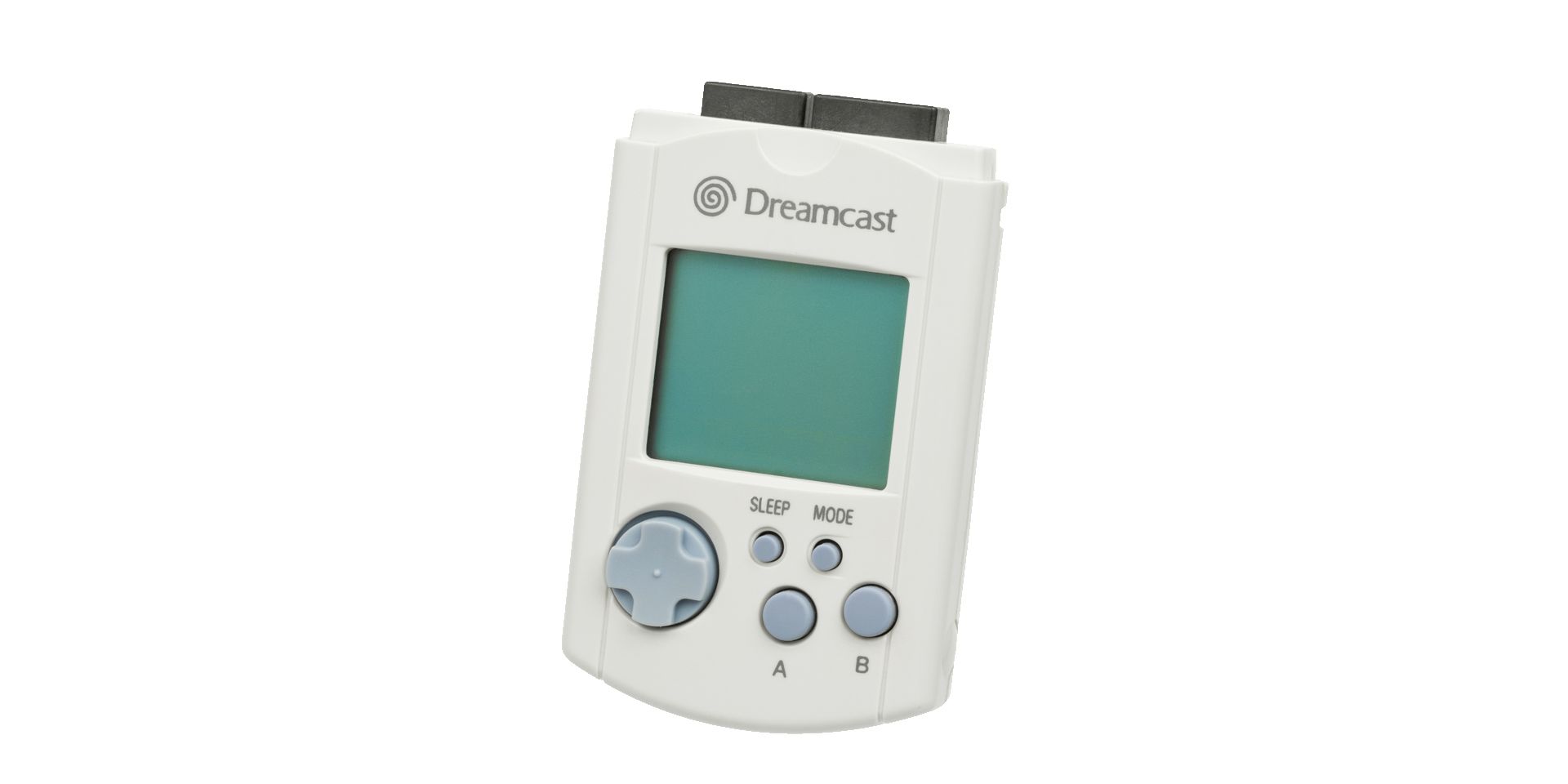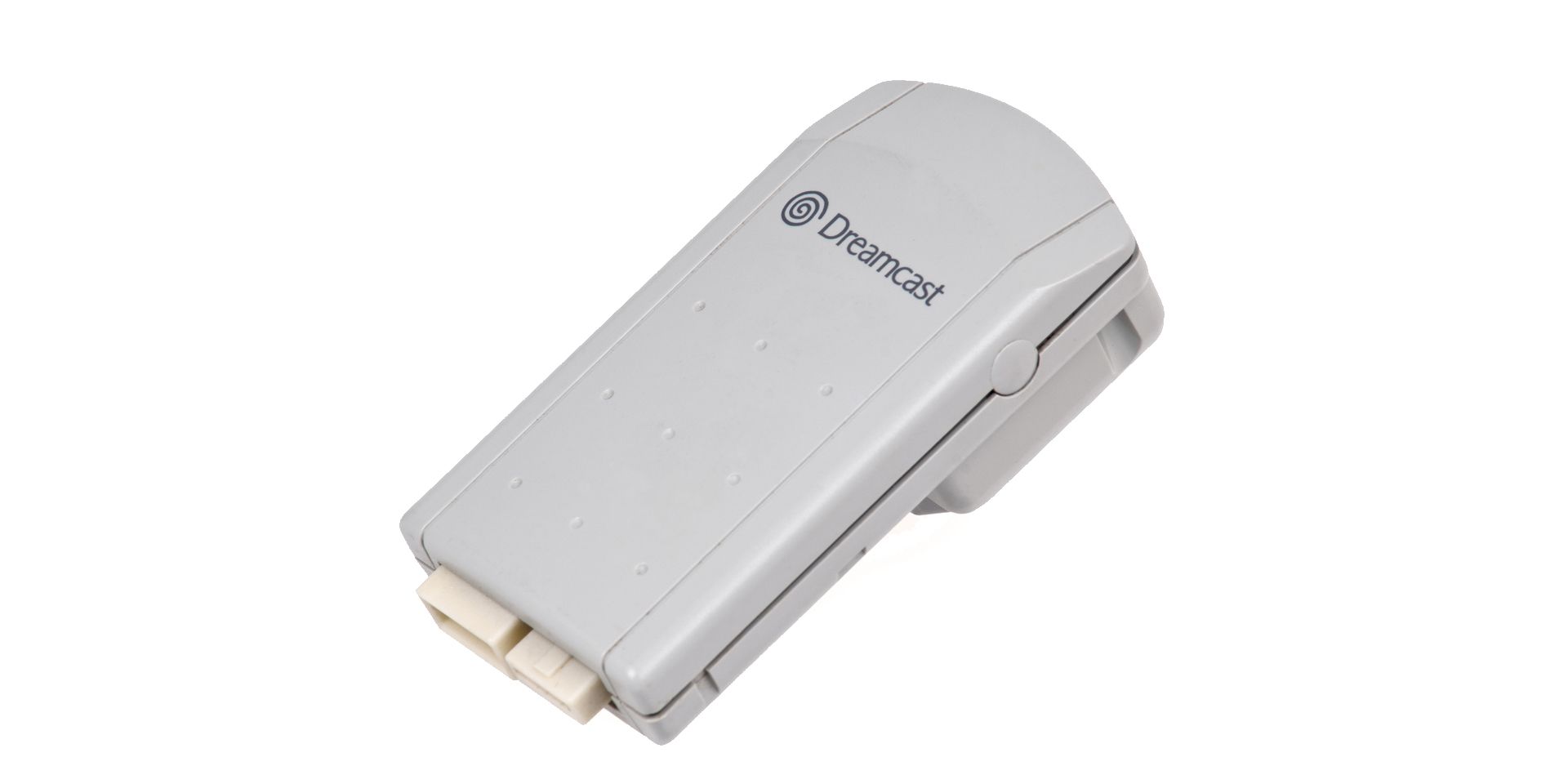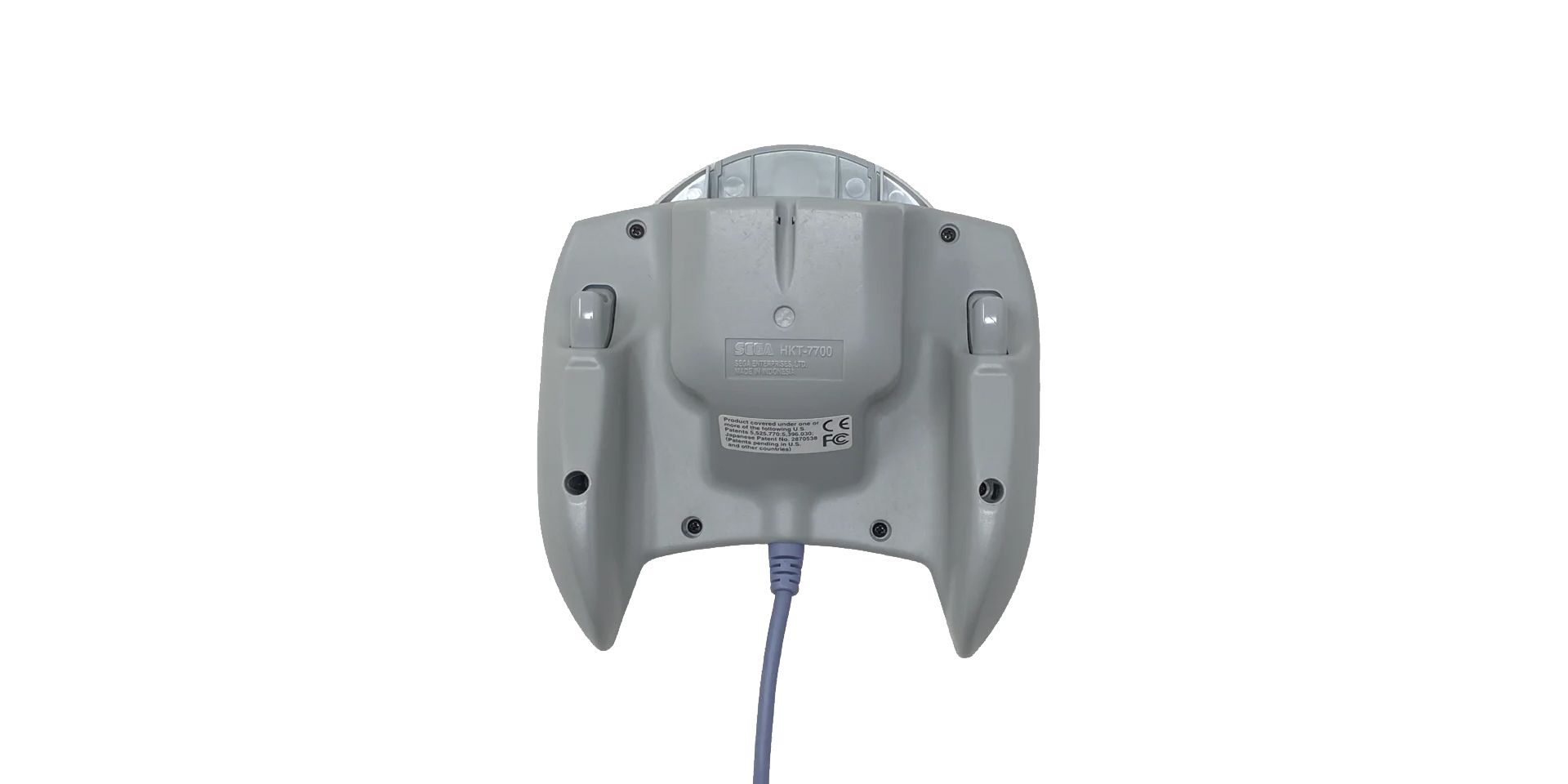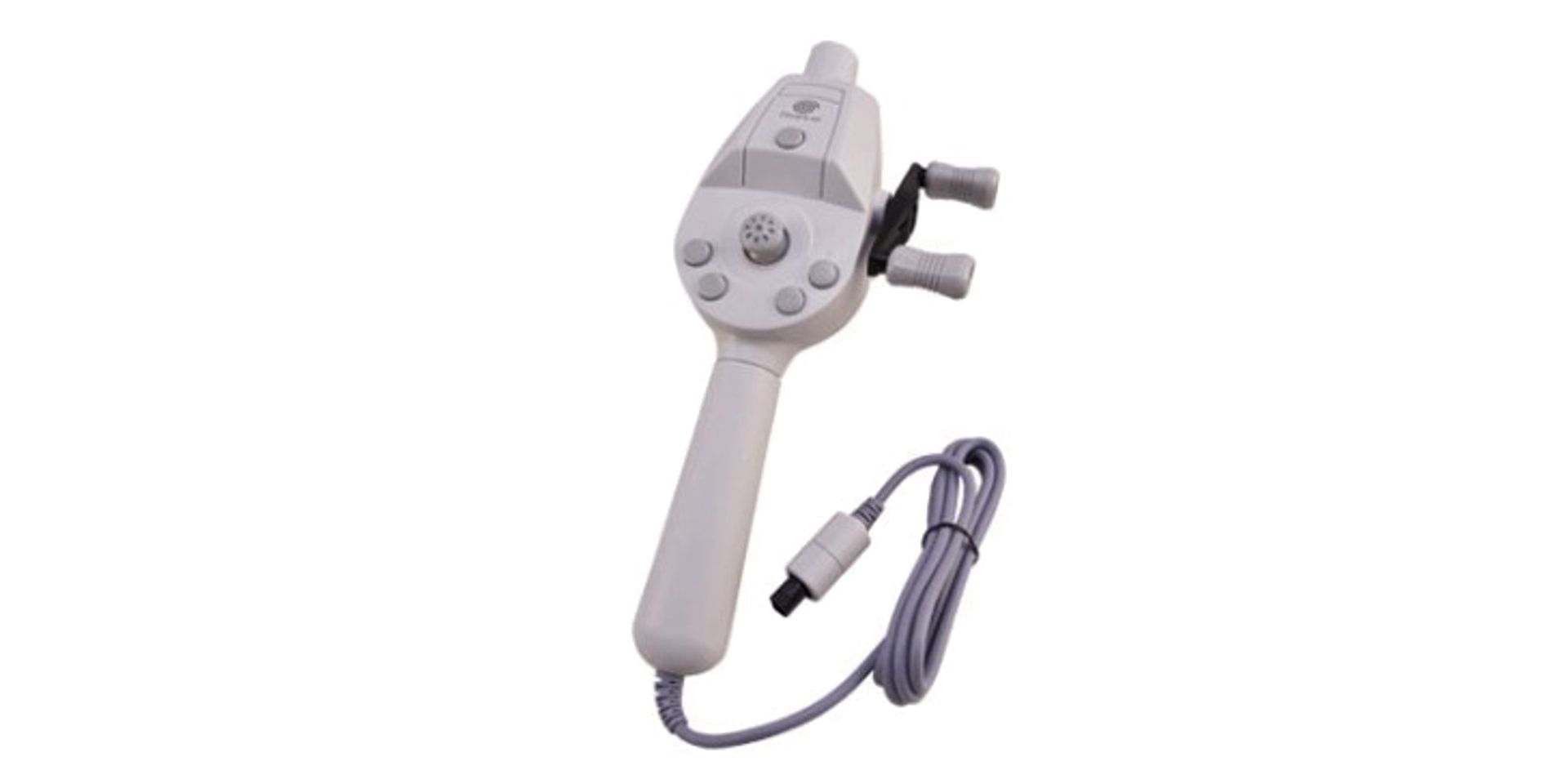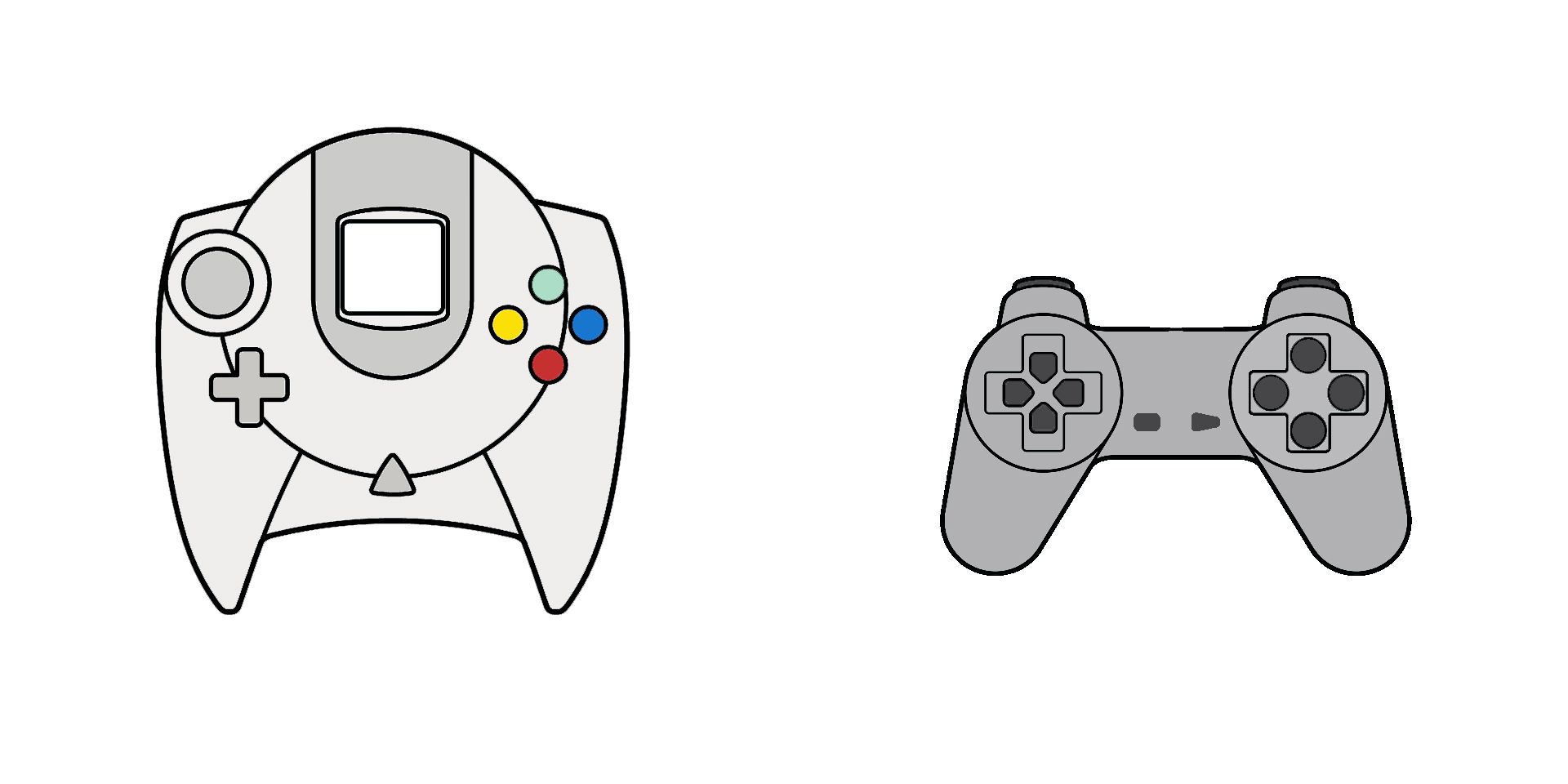In the eyes of many, the Sega Dreamcast was a console that was years ahead of its time. Aside from boasting some of the most innovative and best-looking video games of the era, Sega's final foray into the home console market also packed in several unique features that would not become mainstream for many years after the system's untimely demise.
Its excellent online connectivity and DLC offerings are among the first things that most people think of when it comes to the Sega Dreamcast. There's much more to the console than just its built-in modem though, such as 480p output, Windows CE integration, and a fantastic selection of top-notch first-party titles and near-flawless arcade ports. Even the Dreamcast's Controler was innovative, with the gamepad boasting many great features that put most other controllers of the era to shame.
1 Visual Memory Unit
Nintendo liked the idea of a controller with a screen in it so much that they built an entire console around the concept. What some people might not realize though is that Sega had already played around with the idea of a controller with a screen in it well over a decade prior, courtesy of the Dreamcast's Visual Memory Unit.
The VMU served as a memory card that slotted directly into the top of the controller, though as well as allowing users to save game data, it also provided them with a small screen. This screen could be used by developers to display important information or special animations during combat. Mini-games could also be downloaded onto the unit and then played on the go, with players even able to connect two VMUs together to battle and trade items.
2 Dual Expansion Slots
Haptic feedback has become something of a standard in the modern era of gaming, but it was still very much a luxury back in the late nineties. The controller that came bundled with the original PlayStation had no rumble support whatsoever, although players were able to splash out on Sony's Dual Analog Controller. This had motors built right into the gamepad and served as a precursor for the original DualShock pad.
Sega and Nintendo went with a different approach, with both companies opting for a rumble pack that plugged straight into their respective systems' standard controllers. Unfortunately for N64 owners, this meant having to choose between using a memory card or a rumble pak due to the N64 gamepad only having a single expansion slot. Dreamcast owners were spared from this conundrum when it came to Sega's Jump Pack, however, thanks to the system's controllers having two expansion slots.
3 Built-in Cable Tidy
Wireless controllers are something that most gamers take for granted these days, but those of a certain age will know that this wasn't always the case. Prior to the release of the WaveBird for the Nintendo GameCube, owners of Nintendo systems were tethered to their consoles, and the same was true for those playing on Sony or Sega machines. Though Sega was unable to offer players a wireless solution, some thought was at least given as to how the cable on the Dreamcast's controller might impact players.
Due to the cable coming out of the bottom of the gamepad (presumably because the two expansion slots made placing it at the top difficult), tension on the cable could sometimes cause the gamepad to tilt downward in the player's hands depending on their distance from the console. To combat this, Sega added a notch in the back of the controller, allowing players to clip in the cable to keep it from being pulled tight or getting in their way.
4 Motion Controls
Most people tend to credit Nintendo for the popularization of motion controls, but the Wii was far from the first home console to boast this once-innovative feature. Granted, neither was the Sega Dreamcast, but it was arguably the first mainstream example of motion controls being used in a video game controller.
Rather than the standard controller though, it was the Dreamcast's fishing rod gamepad that made use of the technology, allowing players to simulate more realistic casting while playing Sega Bass Fishing. The fishing rod controller also featured a rotating handle on the right-hand side, allowing players to reel in any virtual fish that they caught while playing the popular fishing game.
5 Size
Anybody who grew up playing video games in the nineties or who enjoys playing retro games on their original hardware will know that video game controllers used to be pretty small. Thankfully, however, gamepads have gotten a lot bigger over time, meaning that large-handed players no longer have to contort their fingers into unnatural and uncomfortable positions while playing video games. There were many contributing factors to this gradual enlargening, but the Sega Dreamcast gamepad definitely played a part.
Granted, The Duke tends to be the first controller that most people think of when it comes to large gamepads, but the Sega Dreamcast controller really wasn't too far behind. It was almost twice as tall as the original PS1 controller and around 1 inch deeper to boot. This extra girth allowed players to stretch their fingers around the back of the gamepad rather than having to crunch them up behind it, which could sometimes lead to cramp during longer gaming sessions. To be clear, the ergonomics of the Dreamcast pad were far from perfect, but its larger size was still seen as a pretty big selling point by many nineties gamers.

